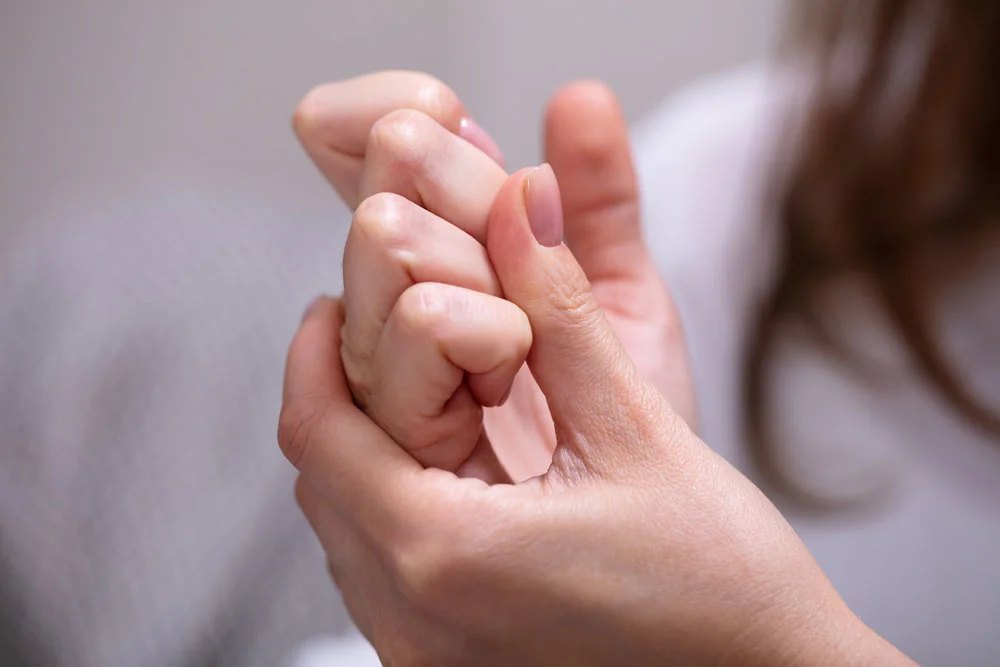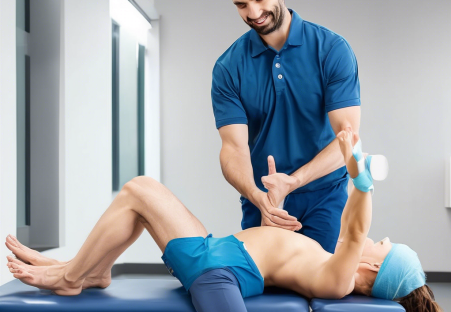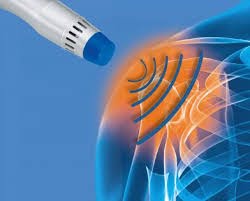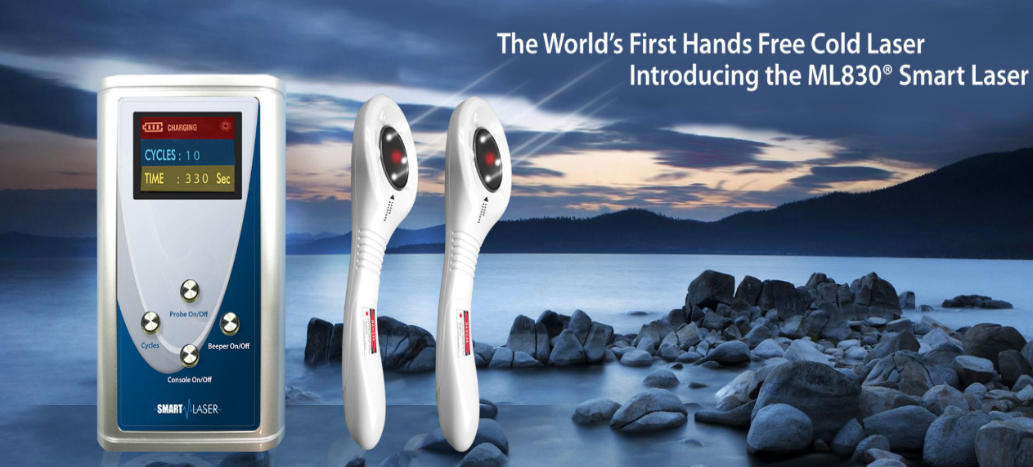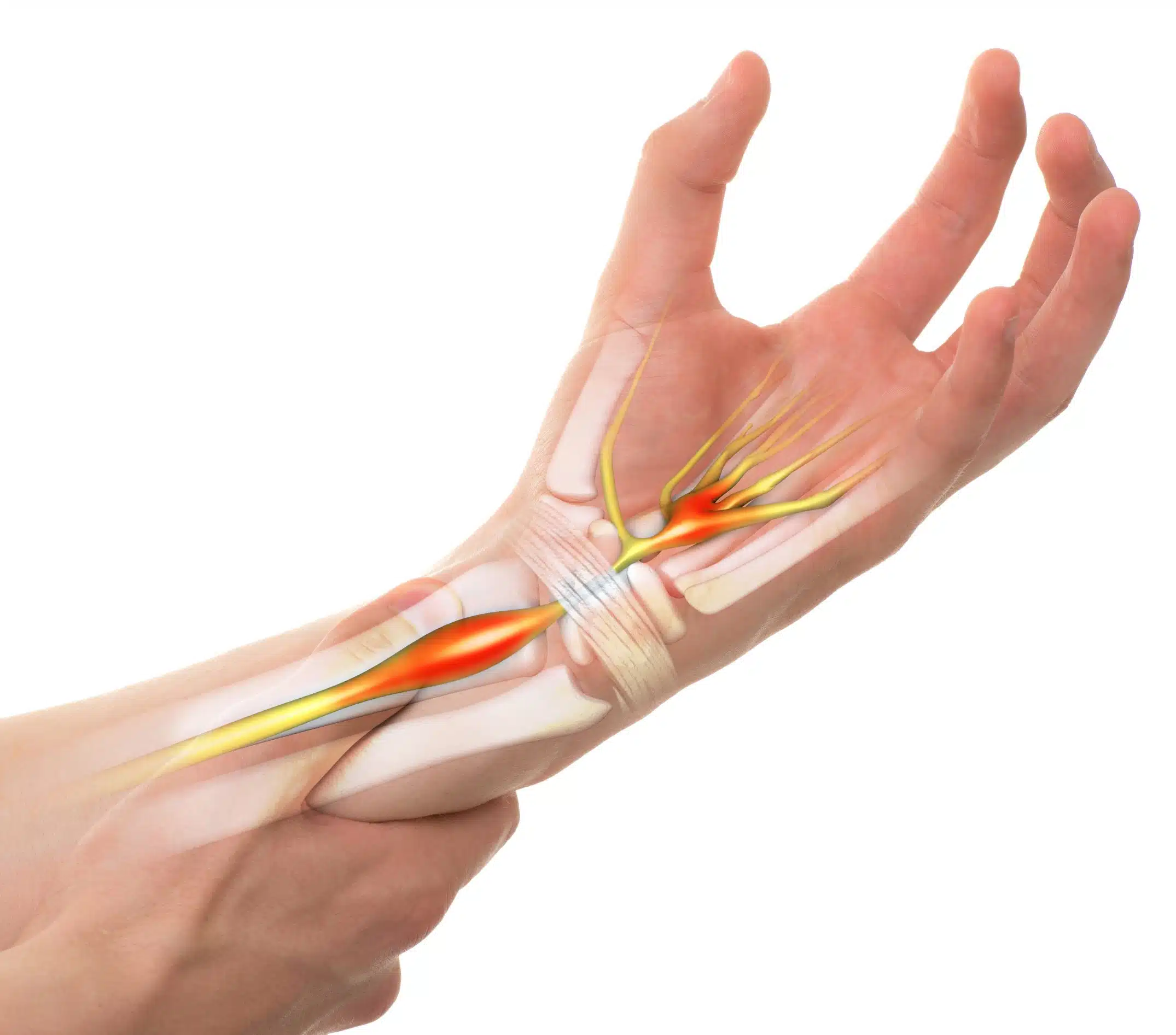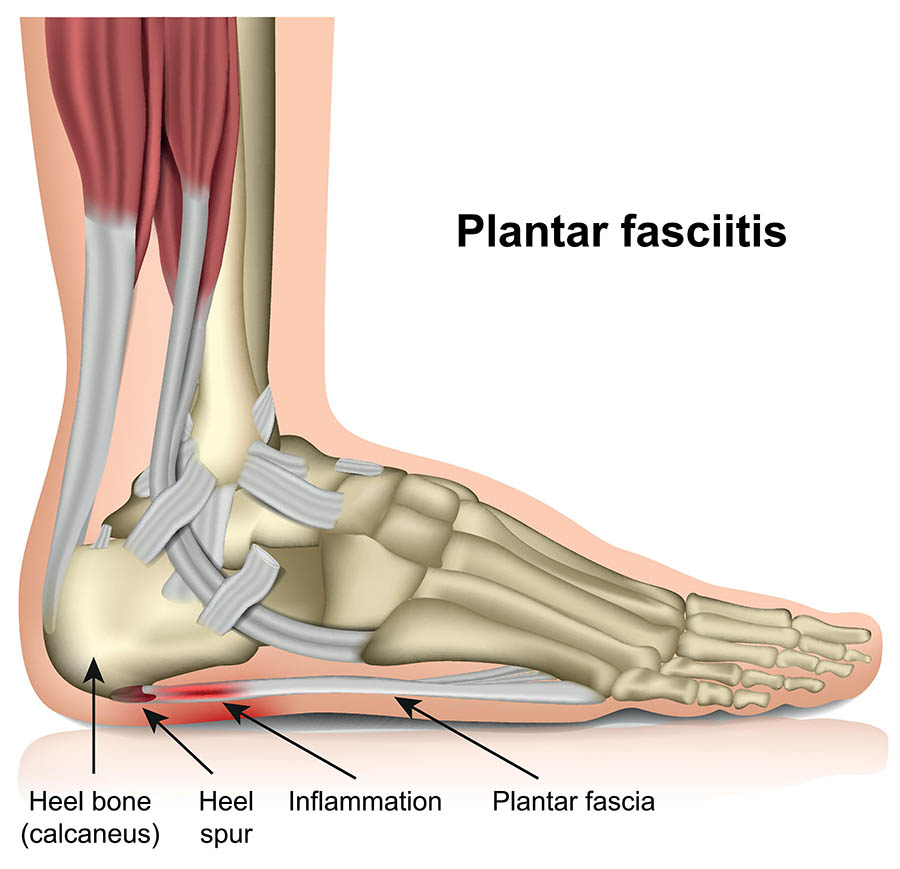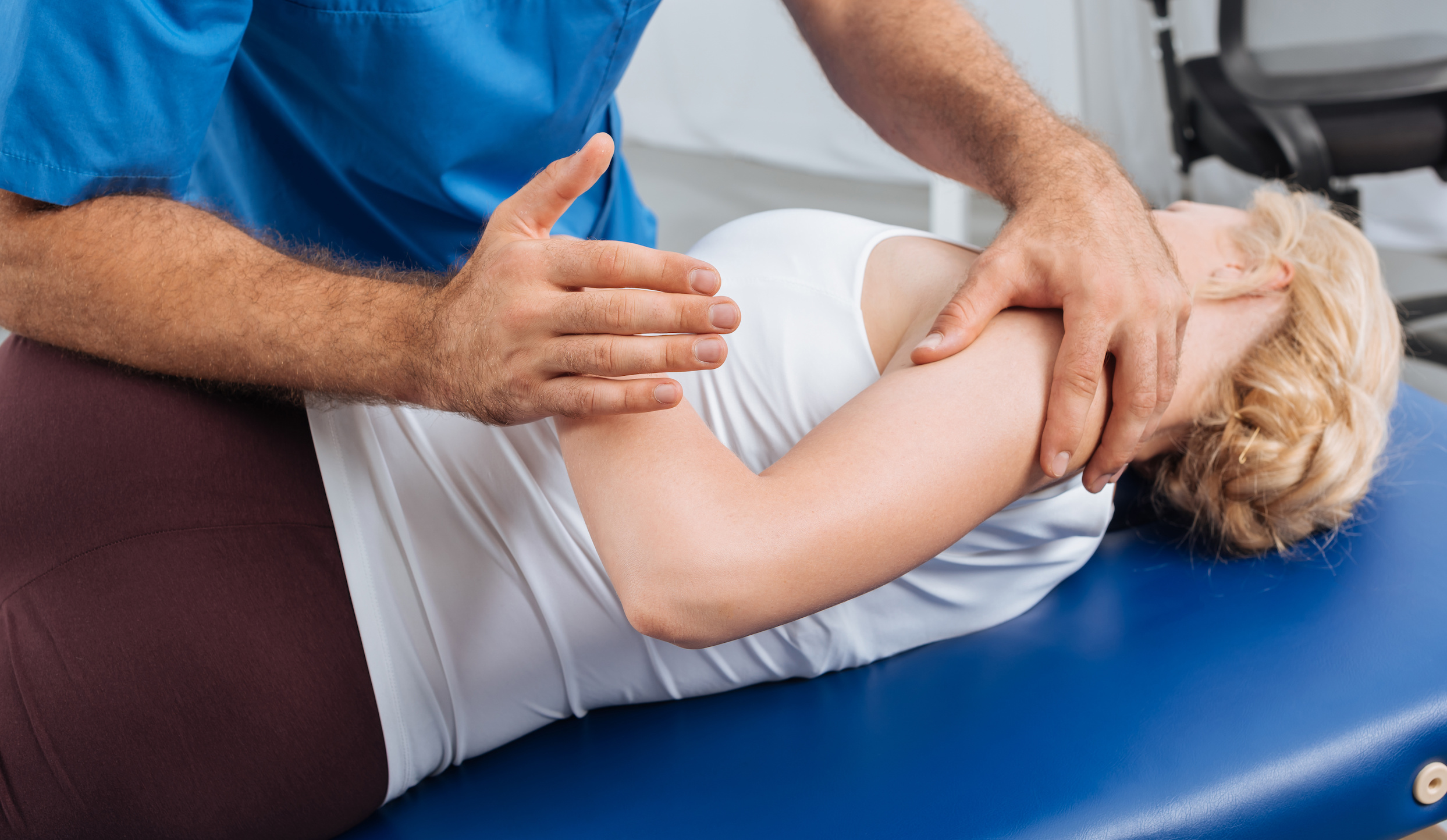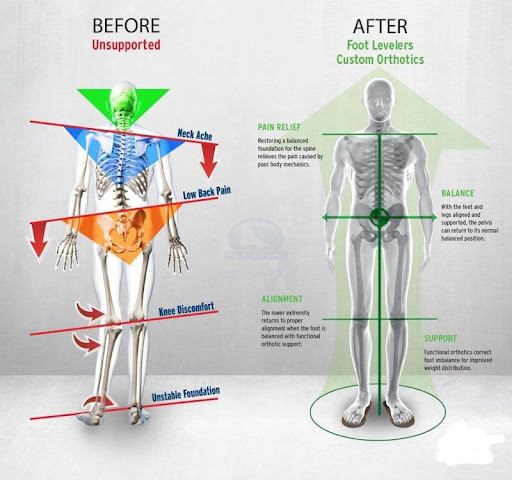Do you have anterior knee pain?
Uncategorized
- by avantic
- 7 Min Read
- May 2, 2023

Pain arising from the joint between the kneecap (patella) and the thigh bone (femur) due to some form of irritation. Patellofemoral pain syndrome (PFPS) can cause pain directly at the front of the knee or it can appear to be on the sides of the knee cap
With this type of knee pain you will typically notice symptoms in or around the patellofemoral joint or knee cap in weight baring activities such as walking, running, jumping, climbing up or down stairs, or kneeling and squatting.
Some of the factors that could cause are listed below:
Overuse: Repetitive running or jumping puts stress on the knee joint which can cause irritation under the knee cap.
Muscle imbalance or weakness: Imbalance or weakness in the hip and knee muscles can cause stress on the knee structures and lead to irritation under the kneecap which will result in inflammation and pain.
Injury: Direct trauma to the kneecap such as a dislocation, contusion or even a fracture of the patella can later cause symptoms of PFPS.
Surgery: Knee surgery, especially ACL surgeries using patellar tendon as a graft can later lead to symptoms of PFPS.
Signs and Symptoms
Pain in knee or knees with weight bearing activities
Patella moves away from the midline when knee is straightened vs normally it would move up in a straight line
Tenderness in and around the front of the knee when pressure is applied
Cracking/clicking with knee movement (only requires treatment if painful)
Muscle weakness in legs or hips
Unaffected knee range of motion
None or very little swelling
Stiffness may or may not be reported
There can be a number of factors that can lead to PFPS; therefore, it is crucial to have a physiotherapy assessment to get properly diagnosed and get directions for the most effective treatment.
If you are suffering pain in the front of your knee during sport or in everyday life, please reach out and let us know.
Some simple tips and intervention early on really do speed up recovery and resolution of pain or symptoms!
Management
As previously mentioned, the management will vary depending on the contributing factors, but some key treatment principles should be kept in mind.
Rest–
Gradual re-loading
Progressive Exercise Program
Pain relief
Proprioception training


